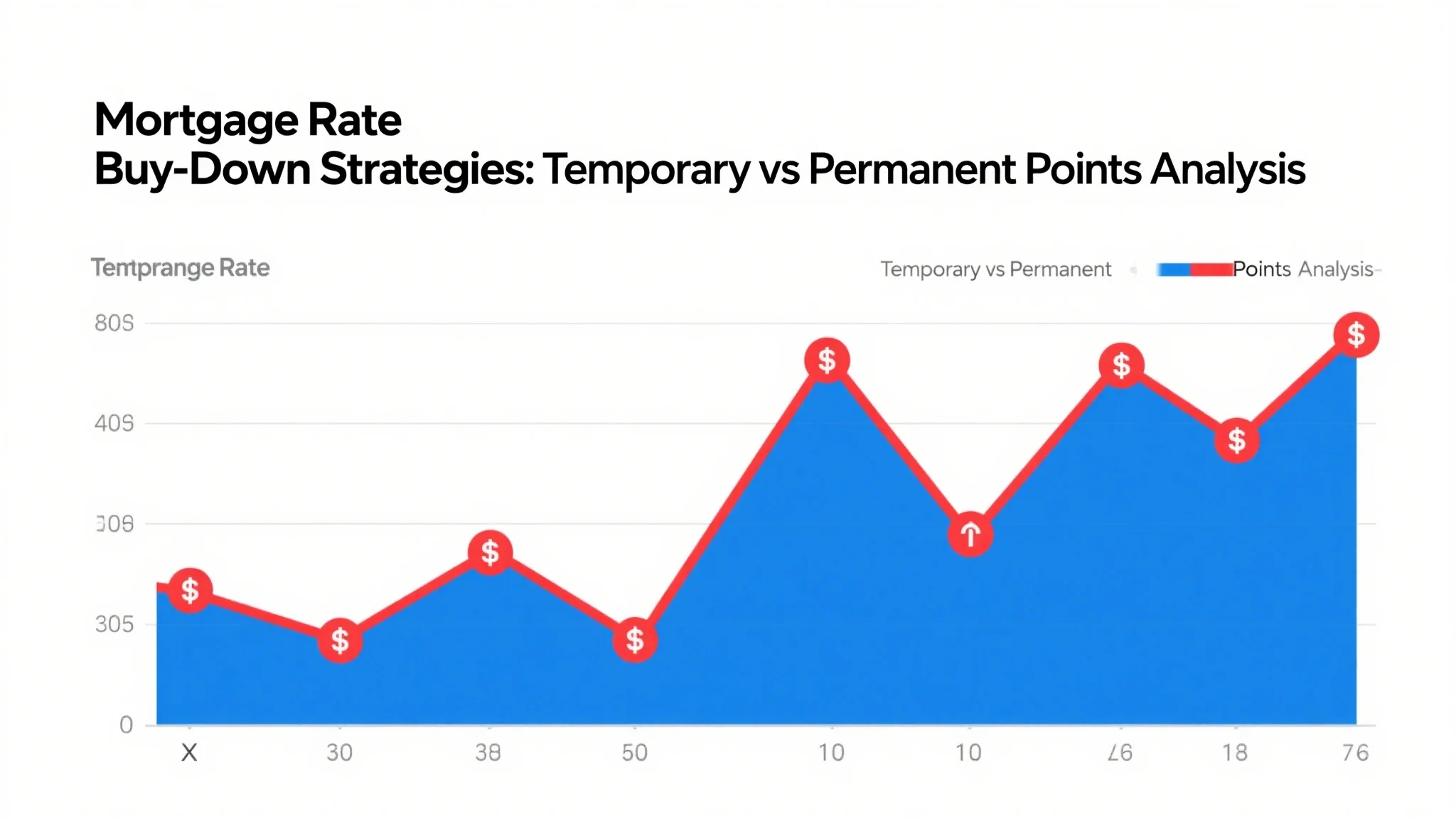Introduction to Pre-Market Testing and Understanding Buyer Personas
What is Pre-Market Testing?
Pre-market testing is the process of evaluating consumer reactions and feedback to a product or service before it is officially launched. This phase allows businesses to identify potential issues, understand market demand, and refine their offerings to better meet customer expectations.

Why is Pre-Market Testing Essential?
In today’s competitive market, launching a product without prior validation can be risky. Pre-market testing acts as a safety net, providing insights that can significantly reduce the risk of failure. By understanding buyer behavior early, businesses can make informed decisions, saving time and resources.
Understanding Buyer Personas
Buyer personas are semi-fictional characters representing your ideal customers. They are created based on research and data, helping businesses tailor their strategies to specific audience segments. Understanding your buyer personas is crucial for effective pre-market testing as it guides the creation of targeted surveys and focus groups.
The Role of Surveys and Questionnaires
Surveys and questionnaires are powerful tools for gathering initial feedback. They provide quantitative data, helping businesses measure interest and identify preferences. Crafting effective surveys involves asking the right questions and ensuring a representative sample of your target audience.
Case Studies: Successful Pre-Market Testing
Examining real-world examples can illustrate the impact of pre-market testing. For instance, companies like Airbnb and Dropbox used beta testing to refine their products before full launch, ensuring they met market needs and stood out from competitors.
Conducting Focus Groups and Leveraging Social Media
Conducting Focus Groups
Focus groups offer deeper insights through group discussions, revealing consumer attitudes and behaviors. They are particularly useful for understanding emotional responses and identifying unmet needs. Organizing effective focus groups involves selecting the right participants and facilitating open dialogue.
Leveraging Social Media for Pre-Launch Buzz
Social media platforms provide a cost-effective way to gauge buyer interest. By creating buzz through teasers and sneak peeks, businesses can engage potential customers and gather feedback in real-time. Monitoring social media trends can also offer valuable insights into consumer preferences.
Analyzing Data and Making Adjustments
The data collected from pre-market testing must be analyzed to identify trends and patterns. This analysis informs necessary adjustments, whether refining product features or repositioning marketing strategies. It’s crucial to remain flexible and open to change based on consumer feedback.
Moving from Pre-Market Testing to Official Launch
Transitioning from testing to launch requires strategic planning. Businesses should leverage the insights gained to create a strong marketing plan, ensuring the product resonates with the target audience. Continuous monitoring post-launch helps maintain relevance and adapt to evolving market conditions.
Pre-market testing is a vital step in the product development process, offering valuable insights that enhance the chances of success. By understanding buyer personas, utilizing surveys and focus groups, and leveraging social media, businesses can effectively gauge buyer interest and refine their offerings. This strategic approach ensures a well-informed and successful product launch.



